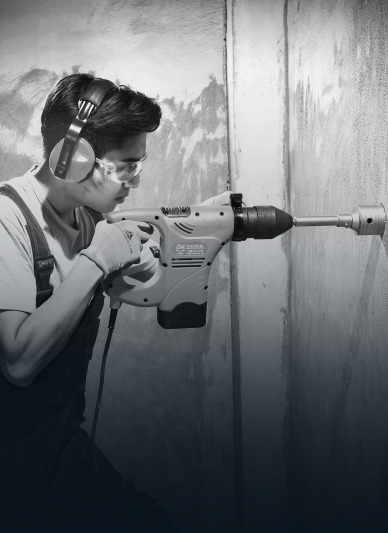Balancing High-Speed Cutting and Durability
Tungsten carbide (TCT) circular saw blades have become indispensable tools in modern industrial cutting due to their excellent high-speed cutting performance and long-lasting durability. The design of carbide teeth allows them to maintain sharpness and stability during continuous cutting of hardwood, metal, and composite materials. Compared with traditional high-speed steel (HSS) blades, TCT blades offer significant advantages in wear resistance and thermal stability, greatly reducing the need for frequent blade replacements and meeting the demands of continuous production environments.
Growing Demand for Precision Cutting Applications
With advancements in material technology and rising design requirements, the demand for cutting precision in industry has increased. TCT blades feature finely engineered tooth profiles that minimize chipping and surface roughness during cutting. This is particularly important in industries such as furniture manufacturing, cabinet production, and decorative panel processing, enhancing both appearance quality and structural integrity. The trend toward precision cutting drives product upgrades and market diversification.
Coating Technologies Enhance Cutting Efficiency
Coatings are a key technology for improving TCT blade performance and have attracted increasing industry attention. Titanium nitride (TiN) and titanium aluminum nitride (TiAlN) coatings improve heat resistance while significantly reducing friction during cutting, thus minimizing overheating and wear, and extending blade lifespan. Coating technologies continue to evolve to meet the diverse cutting needs of wood, soft metals, hard metals, and highly abrasive materials. The table below compares major coating properties:
| Coating Type |
TypeHeat Resistance |
Friction Reduction |
Typical Applications |
| TiN |
Moderate |
Moderate |
Wood, soft metals |
| TiAlN |
High |
High |
Hard metals, composites |
| Diamond-like Coating |
Very High |
Very High |
Highly abrasive materials |
Applications in Automated Equipment
The development of manufacturing automation has driven the widespread use of TCT blades in CNC machines, automatic panel saws, and robotic cutting systems. Automation demands higher performance and stability from blades. Thanks to their durability and precision, TCT blades maintain consistent cutting quality under high-frequency, high-intensity conditions, reducing equipment downtime and improving productivity. Additionally, optimized tooth geometry and vibration control enhance safety and stability in automated systems.
Comparison Between TCT and High-Speed Steel (HSS) Blades
Although both TCT and HSS blades are widely used in cutting, their performance and application scope differ. HSS blades suit softer materials and low-speed cutting but wear out quickly on hard materials. In contrast, TCT blades, with carbide teeth, withstand higher speeds and harsh conditions, offering broader applicability and longer life. The table below highlights key differences:
| Characteristic |
TCT Circular Saw Blade |
HSS Circular Saw Blade |
| Hardness |
high (tungsten carbide) |
Moderate (high-speed steel) |
| Suitable Materials |
Hardwood, metal, composites |
Soft metals, plastics, wood |
| Heat Resistance |
High |
Moderate |
| Durability |
Long-lasting |
Shorter lifespan |
| Cost |
Higher initial cost |
Lower initial cost |
Enhancements in Safety and Vibration Control
Modern TCT blade designs increasingly emphasize operator safety and comfort. Features such as vibration suppression slots and optimized tooth geometry effectively reduce vibration and noise during high-speed rotation. Reduced vibration lowers mechanical fatigue risks and improves cutting accuracy, preventing blade deviation that leads to cutting errors and material waste. Advances in safety design enhance user experience and overall production safety.
Industry Trends and Future Outlook
With growing demands for efficient, precise, and automated production, research and development in TCT blade technology continue to advance. Improvements in coatings, alloy materials, and structural design will adapt blades to handle more complex materials and tougher applications. Meanwhile, environmental and green manufacturing concepts are increasingly integrated into tooling production. Future TCT blades will focus more on sustainability while balancing performance and eco-friendliness.
TCT carbide circular saw blades, known for their high-speed cutting capability, exceptional durability, and continuous innovation, have become core components in modern manufacturing cutting equipment. Their applications in precision cutting, diverse material handling, and automated production drive technological upgrades and efficiency improvements across many industries. With ongoing integration of new materials, processes, and smart manufacturing, the market prospects for TCT blades will broaden, supporting the industry’s move toward high-quality development.







